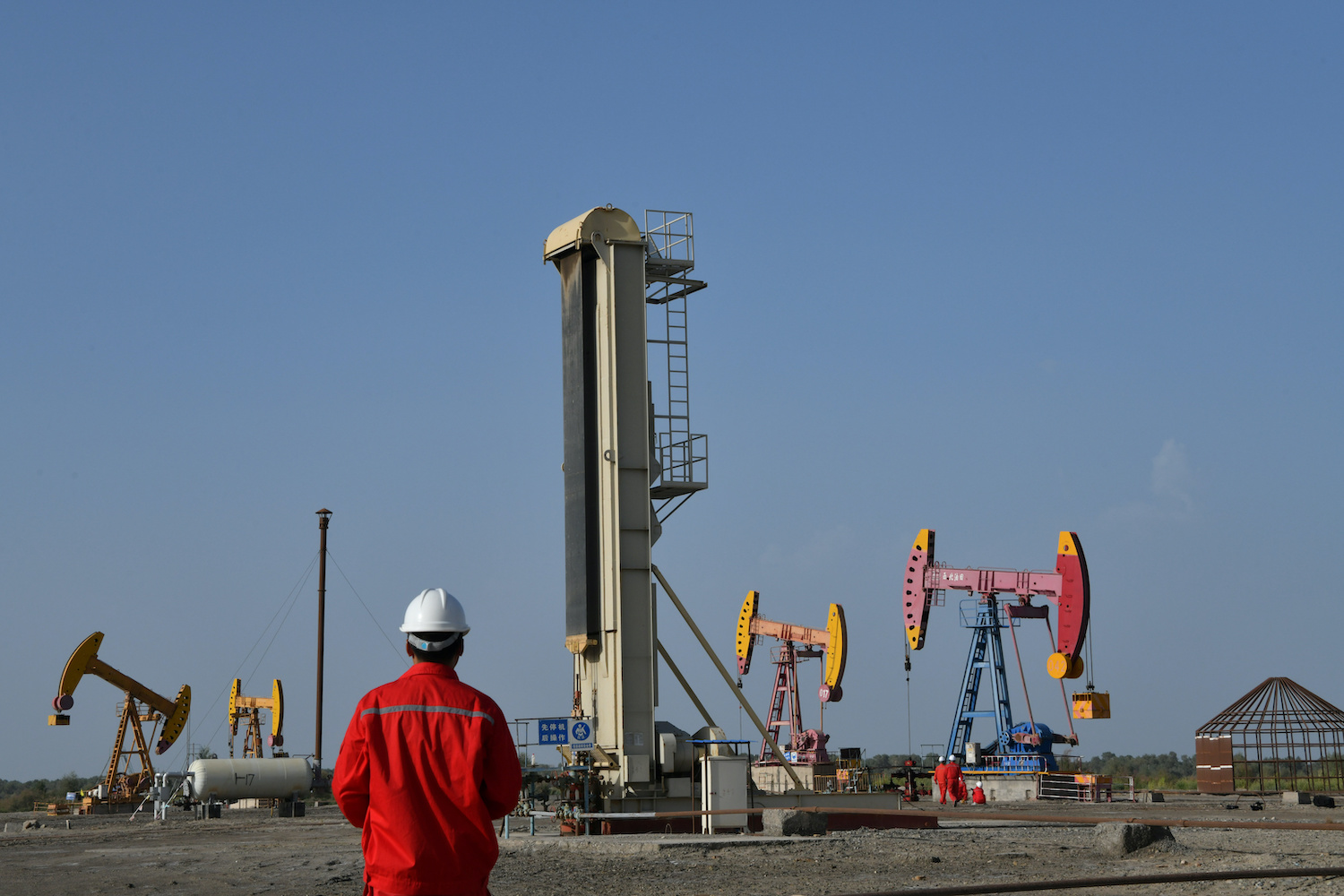(ATF) China is playing catch up with the US shale-gas sector, trying to emulate its landmark success on many levels, but still grappling with numerous hurdles that will prevent that ambition from coming to fruition.
The latest instalment in the high stakes energy drama came last week when Chinese oil and gas major Sinopec said it had completed building the first phase of Weirong, a new shale-gas field in the country’s southwestern Sichuan province. Phase one has a natural gas production capacity of 1 billion cubic meters (bcm) per year, while the second phase is expected to come online by 2022, increasing capacity to 3 bcm per year, enough to meet annual gas demand of around 16 million households.
The deep shale-gas field has proven reserves of 124.7 bcm, which makes it Sinopec’s second major shale-gas development after Fuling, also located in the Sichuan basin.
China’s shale gas output reached 15.5 bcm in 2019, with most of that output coming from the Sichuan basin, which holds around 80% of China’s technically recoverable shale gas resources. Output has been increasing as Sinopec and CNPC’s gain more experience drilling and extracting gas from the complex geology of the mountainous Sichuan basin.
Shale-gas wars
Sinopec’s announcement on Wednesday comes just two weeks after PetroChina, CNPC’s listed arm, said it would more than double shale-gas output from its own Sichuan basin operations to just over 22 bcm by 2025, blowing past Sinopec’s Sichuan basis output goal of 13 bcm by 2025, also nearly double its current level.
China’s shale-gas development comes as the country not only grapples with multi-year low temperatures this winter and a subsequent energy crunch, but as the country’s gas consumption increased during the first year of the Covid-19 pandemic as other G20 countries saw energy demand stagnant or decline.
Data from Sinopec Institute of Economic Research expects Chinese gas demand around 340-345 bcm this year, up some 6%-8% from an estimated 320 bcm in 2020. Global commodities data provider S&P Global Platts Analytics sees China’s 2021 gas demand even higher, at some 360 bcm, up 8.4% from an estimated 332 bcm in 2020. It was at 313 bcm in 2019.
However, for all of the upward forecasts, strides and ramped up production, China’s shale-gas sector still pales to the US shale-gas sector that has seen the country emerge as the top global crude oil producer and the world’s third largest liquefied natural gas (LNG) producer.
Though US production has pulled back recently due to the worst global oil demand destruction in history from the Covid-19 pandemic, idled production will reemerge post-pandemic. Yet, in oil market irony, much of that comeback will depend on Chinese demand.
US shale advantages
Most US shale plays, for their part, are located in Colorado, Texas, North Dakota, New Mexico and Wyoming – all relatively flat accessible locations, making it easier to tap the hydrocarbons. China, however, suffers from several disadvantages compared to its US counterpart, ranging from difficult, and at times seemingly impossible terrain, including remote mountains and deserts. Some plays though are near highly populated regions, which invariably lead to higher production costs. China’s shale formations are also buried deeper and are more fractured, making it harder to find the so-called “sweet spot, also leading to higher extraction costs.
Yet, that isn’t stopping Beijing from pulling out all the stops in an effort to develop the sector. The government has started subsidizing costs and even relaxing once stringent shale-gas exploration regulations to attract more foreign energy players and their technological know-how to boost output.
China kicks up its game
Companies are now allowed five years to explore shale blocks before relinquishing them, compared with the three years previously mandated, an Argus report said in December. Local and foreign firms can also participate in these blocks if they have a China-registered company with a minimum capital of yuan 300 million (US$46 million) on board.
Beijing further expanded its upstream sector since May to allow foreign firms to directly explore and develop acreage released by the government, as long as they have a China-registered office and meet other standard requirements.
That might still not be enough to attract foreign direct investment in the sector given its higher production costs, repressed oil and gas prices from the Covid-19 pandemic and a general move for western majors to diversify from over-reliance on oil and gas to renewables, including solar, wind and now green hydrogen.
Over the past two years, both BP and Royal Dutch Shell pulled out of China’s shale gas sector as both companies firmed up their balance sheets and bowed to investor pressure to reduce their carbon footprints.
At the end of the day, given China’s insatiable gas demand, and its inability to meet that demand with its own production, it will still heavily rely on both pipeline gas from neighboring Russia and LNG imports, including the US, especially if the incoming Biden administration ends or pull backs on the ongoing trade war between the two countries.






















